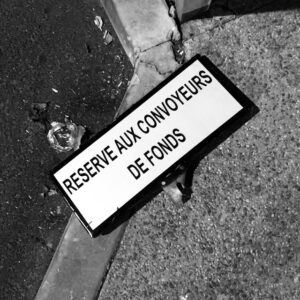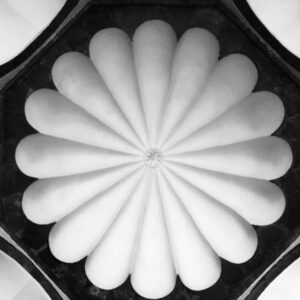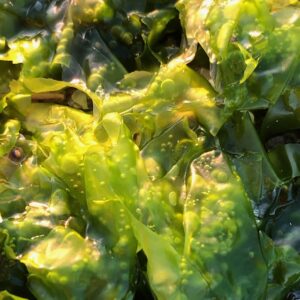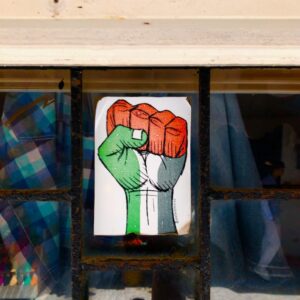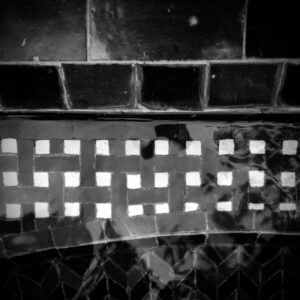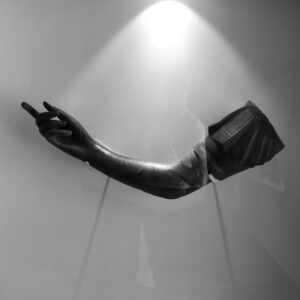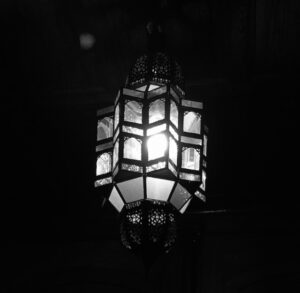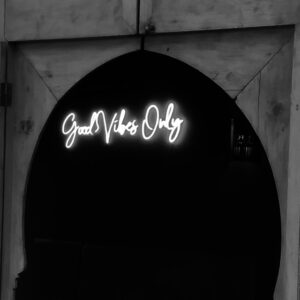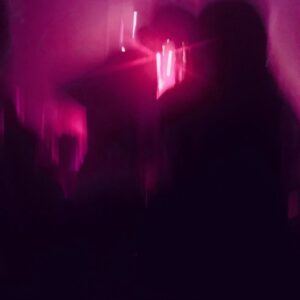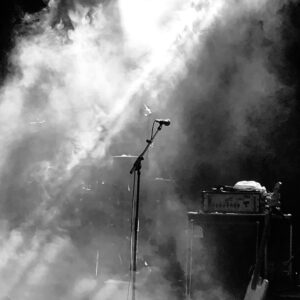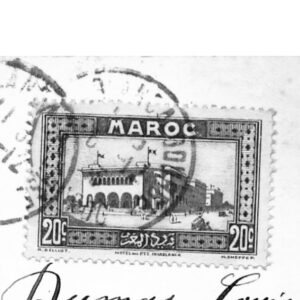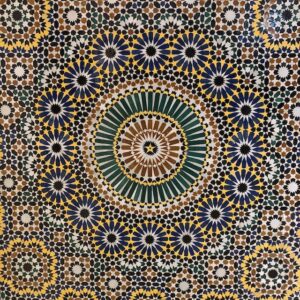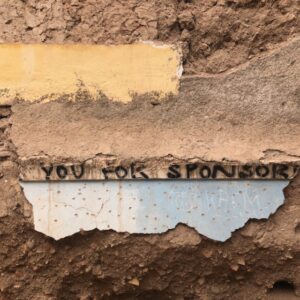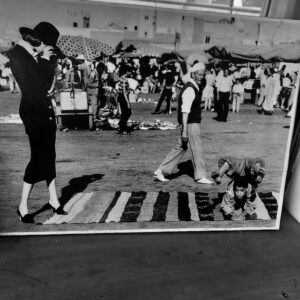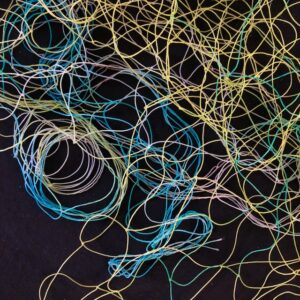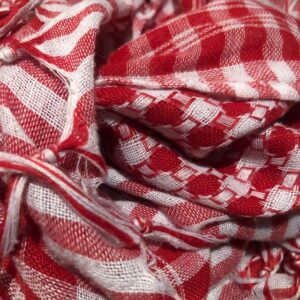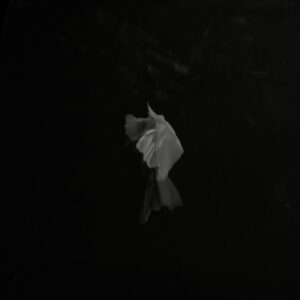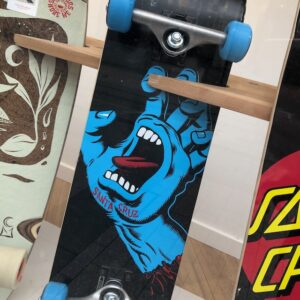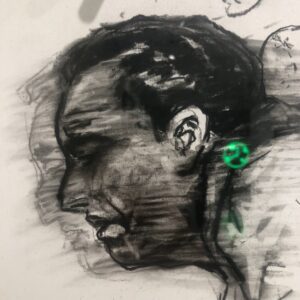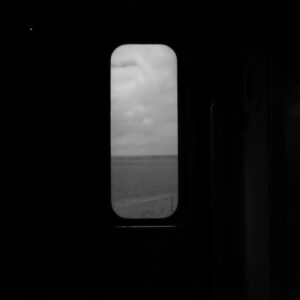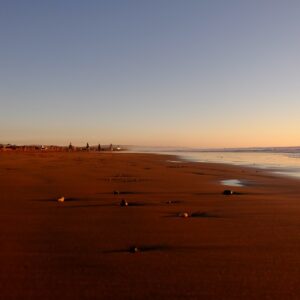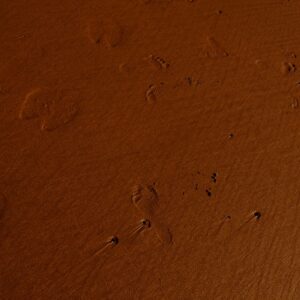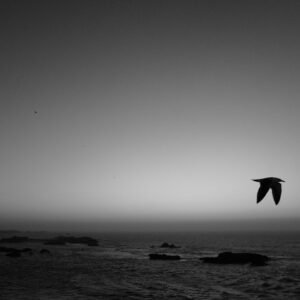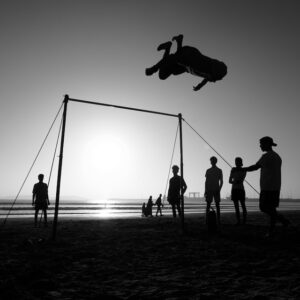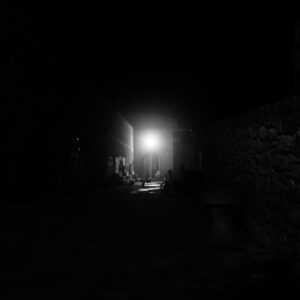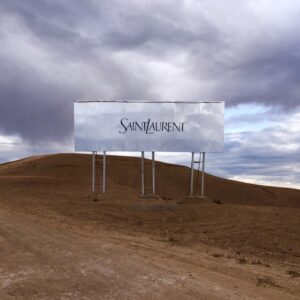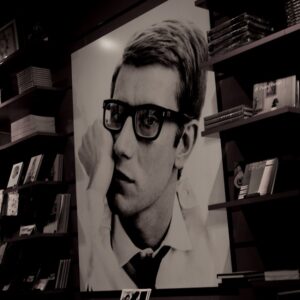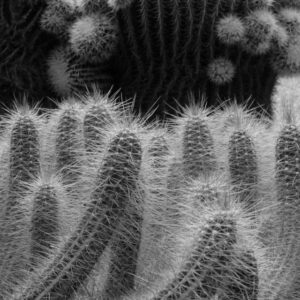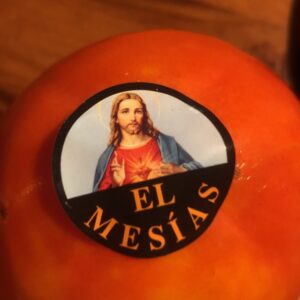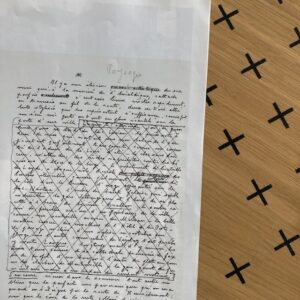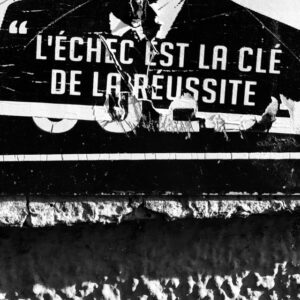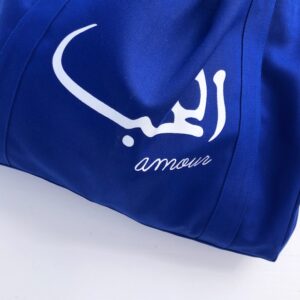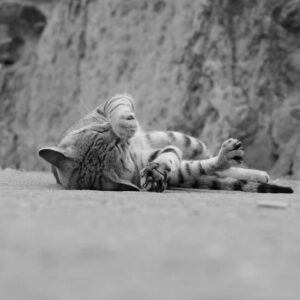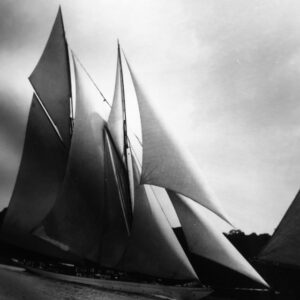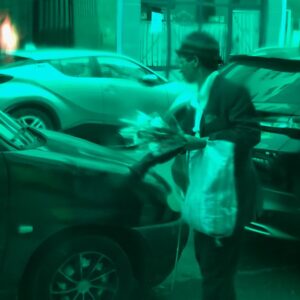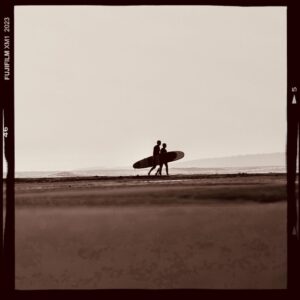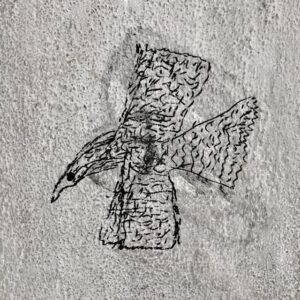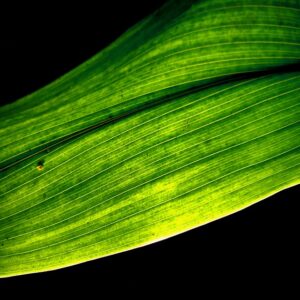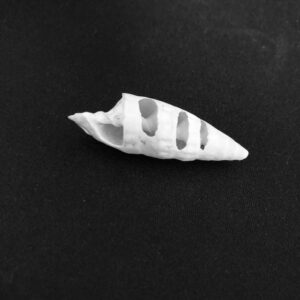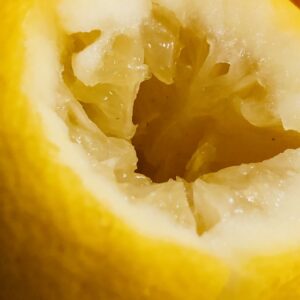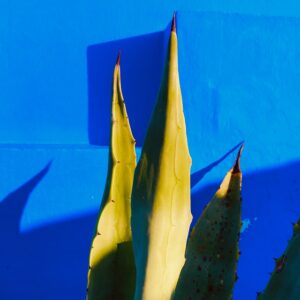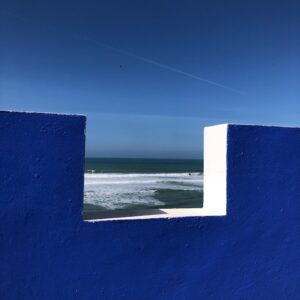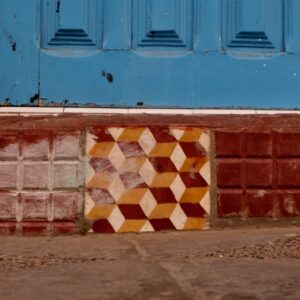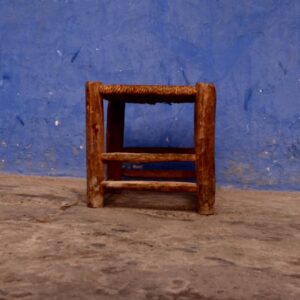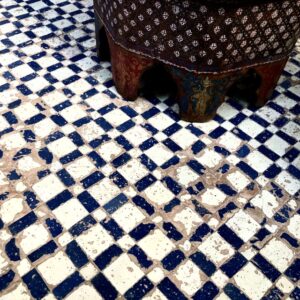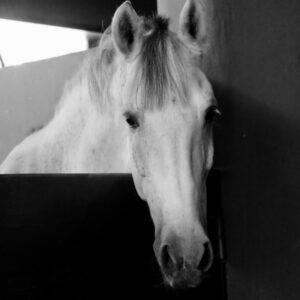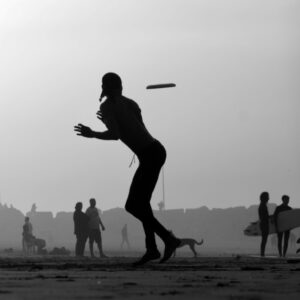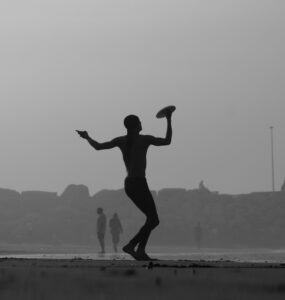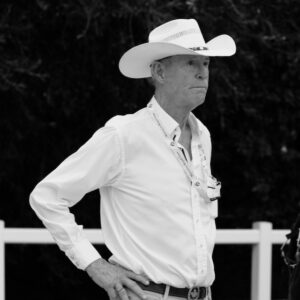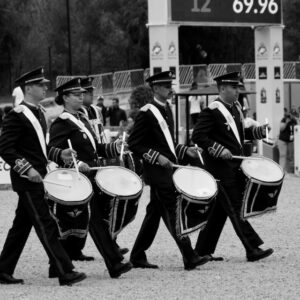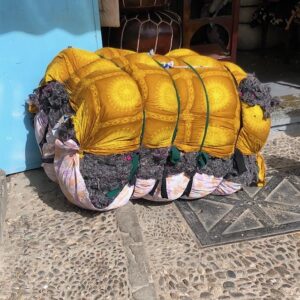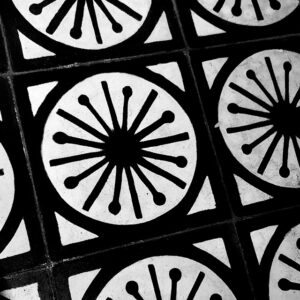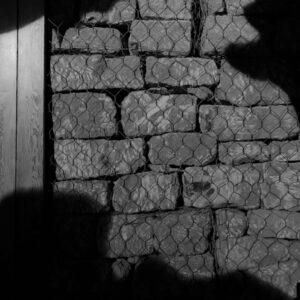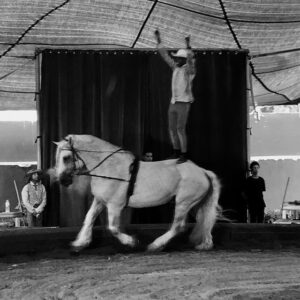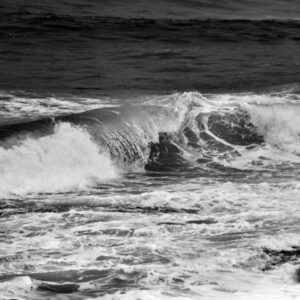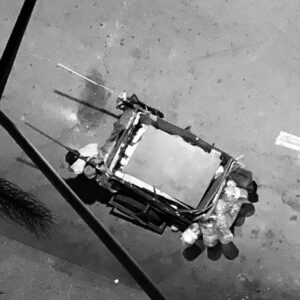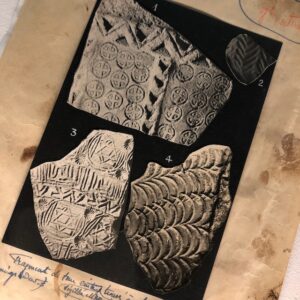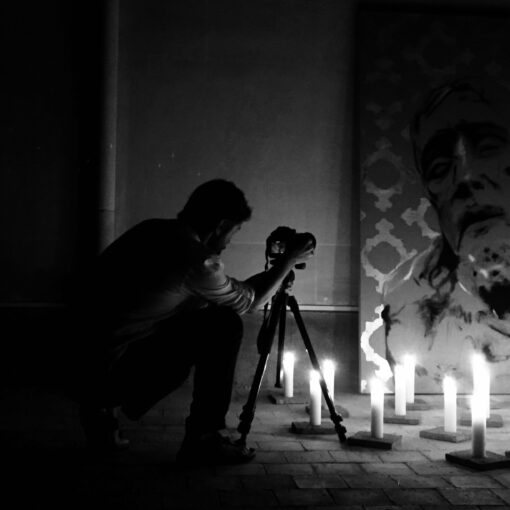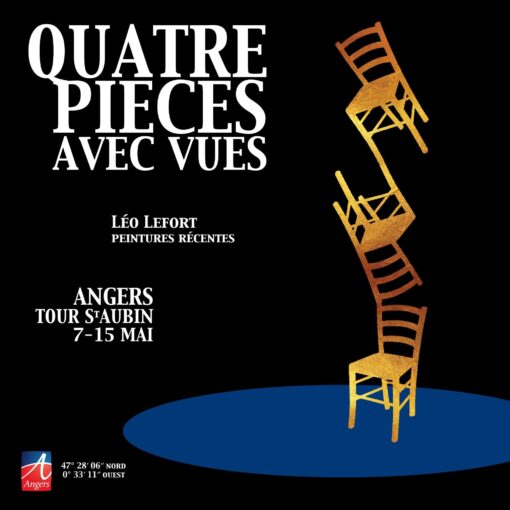“Photography,” said Henri Cartier-Bresson, “is putting thought, vision, and soul on the same line of sight.“
Rabat, Casablanca, Marrakech, Tangier, Fez, and Assilah reveal as much as they conceal to my eyes. I pursue a quest that is as futile as it is precious and intimate, armed with my little black Fuji XM1 camera. Since 2018, this discreet companion has accompanied me on my explorations. It is as efficient as it is instinctive and demands that I extract a few fragments of wonder from the world.
Oscillating between black and white and color — but black and white above all — these images attempt to capture suspended moments: the low-angled light at the end of the day, the horizon, a silhouette, the vibrant intermingling of forms, and the opaque silence of objects in glass cases in museums, where tales, myths, and ancestral stories resonate. In these few fragile fragments, I seek to capture the density of an instant, a vibration, or a poetic form as a counterpoint to my writing. For me, photography is an act of gentle appropriation. It allows me to inhabit, think about, and translate spaces.
My photographic influences are numerous and diverse: Martin Parr, for his luminous irony; Walker Evans, for his silent narratives; William Klein, for his audacity; and Shirin Neshat, for her exploration of the sacred. My father, a passionate amateur photographer, transformed our bathroom into a darkroom. I still remember the magic of the image slowly being revealed in the chemical bath and the discreet, warm red light. These memories found touching echoes in other laboratories, notably in Addis Ababa.
Teaching this medium for two years at the American School in Dubai, based on the International Center of Photography (ICP, New York) curriculum, taught me to see things differently and to look beyond the obvious. There’s always something enriching about collaborative workshops with students. That X factor and the unknown make the series of shots—glimpsed, analyzed, and scrutinized by thirty pairs of eyes—give us something else to see and believe in besides what the photographer initially intended to express. Photographic research enables this dialogue and can become a powerful tool for personal and collective storytelling.
Perhaps one day, these pixel inscriptions, collected during my Moroccan expeditions, will take shape in a structured body of work. In the meantime, here are a few remnants of these memories in a carousel, insignificant testimonies to an extraordinary adventure in which the image is as much a mirror as a window.
